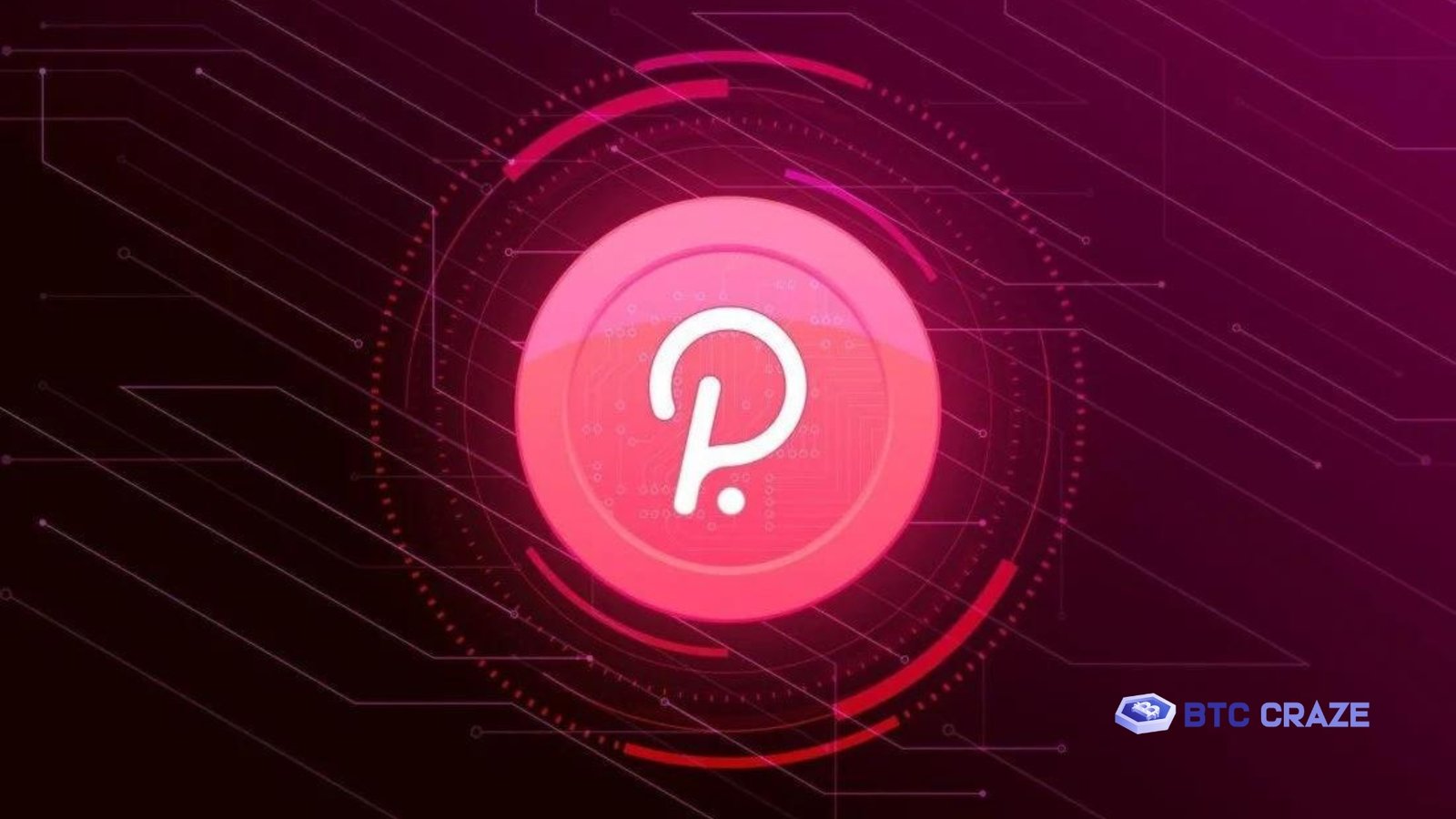Polkadot Staking: One of the most forward-thinking and ambitious blockchain initiatives, Polkadot (DOT) aims to make different blockchains work together more seamlessly. The staking mechanisms of the Polkadot ecosystem are becoming increasingly popular since they enable DOT token holders to earn rewards while also contributing to the network’s governance and security.
Staking, which allows users to increase their assets passively, has become an essential aspect of blockchain technology. This article will give you the rundown on Polkadot staking in 2024, including the ins and outs of the method, the advantages, the hazards, and the most recent advancements.
What is Polkadot Staking
Polkadot is a network that allows multiple blockchains to interact with each other and share data. When token holders stake their DOT tokens on Polkadot, they guarantee the network’s infrastructure, including its security and consensus mechanism, will continue functioning.
Staking allows users to choose validators—those who verify transactions and add new blocks to the blockchain—from among other participants (called nominators). The NPoS paradigm is the foundation of the Polkadot network. Nominators select the most reliable validators to entrust with their tokens, setting this system apart from conventional Proof of Stake (PoS) systems.

Benefits of Polkadot Staking
-
Passive Income: By staking DOT tokens, holders can earn rewards based on the network’s performance and the amount staked. These rewards provide a passive income stream for long-term holders who believe in Polkadot’s vision.
- Network Participation: Staking allows DOT holders to have a say in the governance of the Polkadot network. Stakers can vote on proposals, upgrades, and other key decisions, contributing to the development and future of the platform.
- Security: Staking strengthens the Polkadot network by incentivizing validators and nominators to maintain its security and stability. A more decentralized and secure network benefits all participants.
-
Compound Growth: By consistently staking and reinvesting rewards, DOT holders can benefit from compound growth over time as their staked amount increases, leading to more rewards in the future.
How to Stake Polkadot (DOT)
The official Polkadot.js wallet, third-party wallets, and cryptocurrency exchanges are among the many platforms that allow staking Polkadot. The Polkadot.js wallet can be staked in the following ways:
Set Up a Polkadot Wallet: A Polkadot wallet is required to begin staking. The Polkadot.js web interface or extension is the most popular option. Create a new wallet according to the instructions, then safely store your private keys.
Fund Your Wallet with DOT: Once your wallet is set up, you must fund it with DOT tokens. You can purchase DOT on major exchanges like Binance, Kraken, or Coinbase. After buying DOT, transfer it to your Polkadot wallet address.
Select Validators: In the Polkadot ecosystem, nominators choose validators to delegate their stake. Validators run nodes, validate transactions, and secure the network. You should research validators carefully, considering their performance, fees, and reputation.
Bond Your DOT Tokens: Once you’ve selected validators, the next step is to bond (lock) your DOT tokens to the network. This ensures that your tokens are staked and you start earning rewards. Bonding can be done through the Polkadot.js interface by navigating the staking section.
Start Earning Rewards: Staking begins after bonding your DOT and choosing validators. Regular rewards can be claimed or automatically added to your staked balance for compound growth.
Also Read: Polkadot Staking: A Complete Guide to 2024 Rewards
Risks Involved in Polkadot Staking

Like any investment, staking Polkadot comes with risks. Here are some of the potential downsides:
-
Slashing: One of the biggest risks in Polkadot staking is slashing. If a validator behaves maliciously or violates network rules, they can be penalized, resulting in the loss of staked DOT. Nominators who have delegated their tokens to the slashed validator can also lose a portion of their stake.
- Lockup Period: When staking DOT, there is a bonding period during which your tokens are locked and cannot be transferred. On Polkadot, the unbinding period is 28 days, meaning if you want to stop staking, you will need to wait almost a month before being able to use your tokens again.
- Market Volatility: While staking rewards can provide passive income, the value of DOT itself is subject to market fluctuations. If DOT prices drop significantly, it could negate the benefits of staking rewards.
-
Validator Performance: Poor validator selection can result in lower rewards or penalties. Choosing validators with good performance records, high uptime, and low commission rates is crucial.
Final Thoughts
In 2024, Polkadot staking will still be a great way for DOT holders to receive rewards while helping with the network’s governance and security. If you want to be a part of Polkadot’s future, generate some passive money, and keep it decentralized, staking DOT is the way to go. Nevertheless, when choosing validators, it is essential to be aware of the dangers, such as slashing and market volatility.
New features like nomination pools and parachain staking are helping Polkadot establish itself as a frontrunner among blockchain platforms. Staking still shows promise as a tactic for DOT holders who want to maximize their holdings.
FAQs
What is Polkadot staking and how does it work?
Polkadot staking involves token holders locking their DOT tokens to help secure the network’s infrastructure and consensus mechanism. Users participate as nominators by selecting validators—those who verify transactions and add new blocks to the blockchain. This operates through Polkadot’s Nominated Proof of Stake (NPoS) system, where nominators choose reliable validators to entrust with their tokens, setting it apart from conventional Proof of Stake systems.
What are the main benefits of staking DOT tokens?
Staking DOT offers several advantages: earning passive income through network rewards, participating in governance by voting on proposals and upgrades, strengthening network security through decentralization, and benefiting from compound growth by reinvesting rewards over time. These benefits make staking attractive for long-term holders who believe in Polkadot’s vision.
What is slashing and how can it affect my staked tokens?
Slashing is a penalty mechanism where validators who behave maliciously or violate network rules lose a portion of their staked DOT. Nominators who have delegated tokens to a slashed validator can also lose part of their stake. This makes careful validator selection crucial—you should research validators’ performance records, uptime, and reputation before delegating your tokens.
How long are my tokens locked when staking on Polkadot?
When you stake DOT, your tokens enter a bonding period during which they’re locked and cannot be transferred. If you decide to stop staking, Polkadot has an unbonding period of 28 days, meaning you’ll need to wait almost a month before you can access and use your tokens again.
What should I consider when selecting validators?
When choosing validators, consider their performance records, uptime reliability, commission rates, and overall reputation. Poor validator selection can result in lower rewards or even penalties. It’s important to research validators carefully to maximize your staking rewards while minimizing risks associated with validator underperformance or misconduct.

